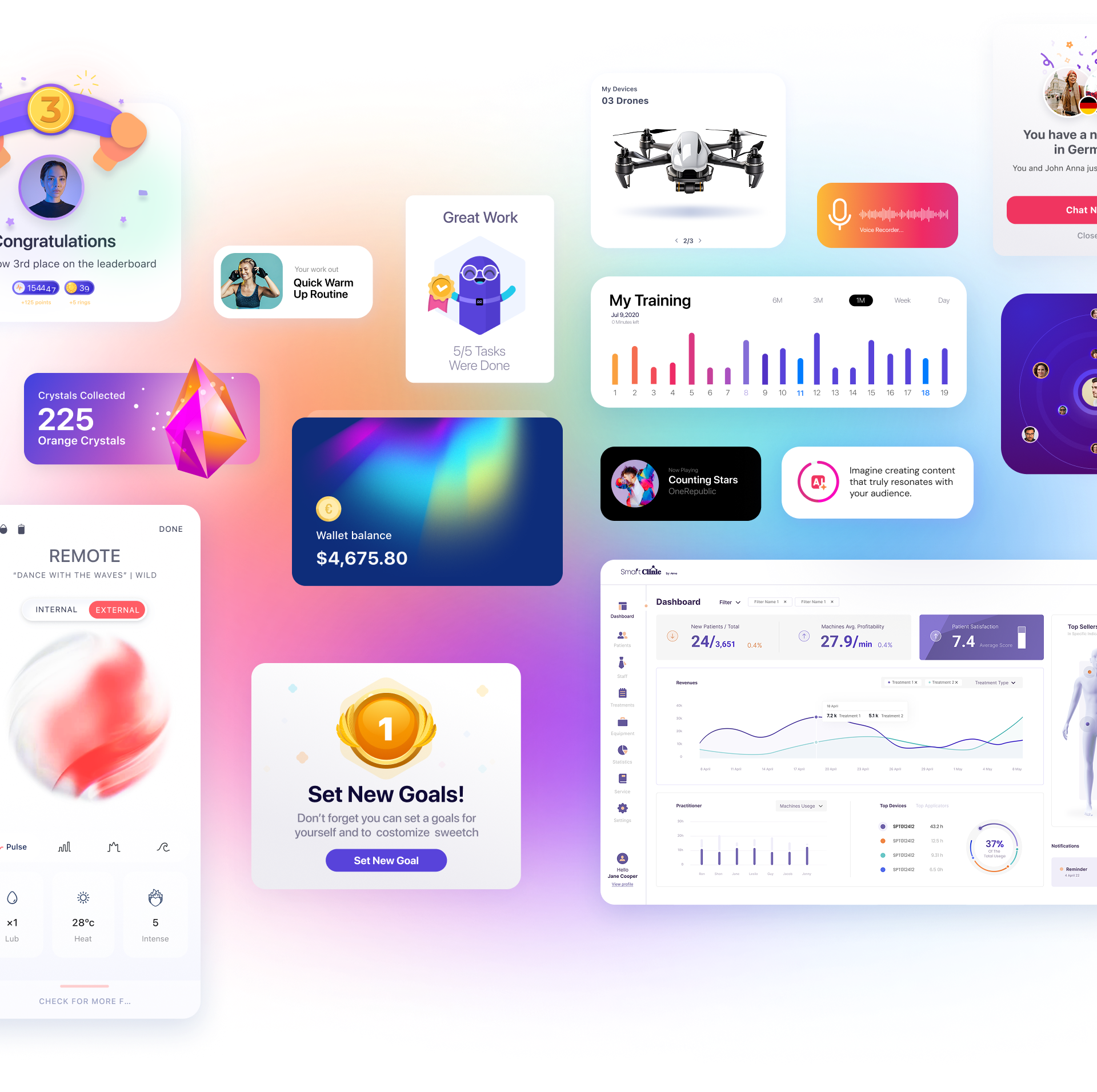Triolla is a world leader in UX design. User experience (UX) design is the meeting point between technology and humans. It’s a contact point, but it can well be a pain point, especially in MedTech. MedTech devices increasingly integrate into everyday life, and trust has never been a bigger issue.
Most people use MedTech and don’t even know it.
UX design fosters trust in MedTech, focusing on the reliability, predictability, functionality, and the all-important feel-good aspect.
Trust in MedTech and UX Design
Trust is fundamental to the adoption and success of MedTech devices. Users must believe that their devices will perform reliably and accurately, especially when health and well-being are at stake. This trust is built through thoughtful UX design, which ensures that devices are not only functional but also intuitive and easy to use.
Reliability and Predictability
Reliability in MedTech is non-negotiable. Devices must function correctly and consistently to gain user confidence. Predictability in performance assures users that their device will deliver the same results under similar conditions, which is crucial for monitoring and managing health.
For instance, continuous glucose monitors (CGMs) for diabetes management must provide accurate blood sugar readings consistently. Any deviation can have serious health implications. UX design plays a critical role here by ensuring the device interface is clear and the data is presented in an easily understandable format. Alerts and notifications must be timely and unambiguous, guiding users without causing unnecessary alarm.
Good UX design fosters trust in MedTech, focusing on the reliability, predictability, functionality, and feel-good aspect.
Functionality and User-Centered Design
Functionality goes beyond basic operation; it encompasses how well a device meets the needs of its users. In MedTech, this means integrating features that support comprehensive health monitoring and management while being straightforward enough for non-expert users.
Consider the example of smartwatches with health monitoring capabilities. These devices now offer features like heart rate monitoring, ECGs, and even fall detection. The Apple Watch, for instance, has incorporated a fall detection feature that alerts emergency services if the wearer doesn’t respond within a certain timeframe. This functionality is deeply integrated with user-centered design principles, ensuring the device is easy to wear, operate, and interpret.
The Feel-Good Aspect: Aesthetic and Emotional Design
The feel-good aspect of UX in MedTech is often underestimated but is equally important. Aesthetic and emotional design can significantly enhance user satisfaction and engagement. If a device looks and feels good, users are more likely to incorporate it into their daily routines. Interesting article covering the topic in Fast Company.
Wearables and smartwatches exemplify this principle well. They are designed not only to be functional but also stylish and comfortable. The sleek design of the Fitbit, coupled with customizable bands and interfaces, allows users to personalize their devices, making them an appealing accessory rather than just a medical tool. This personalization fosters a positive emotional connection, increasing the likelihood of regular use and adherence to health monitoring routines.
The Role of Wearables and Smartwatches in MedTech
Wearables and smartwatches have revolutionized the MedTech landscape by making health monitoring more accessible and integrated into daily life. These devices collect continuous health data, providing real-time feedback and long-term insights into the user’s health.
Example: The Role of Wearables in Chronic Disease Management
For individuals with chronic conditions like heart disease, wearable devices can be life-changing. Devices like the Apple Watch and Fitbit offer features such as continuous heart rate monitoring and ECG capabilities, alerting users to potential anomalies. These real-time alerts allow for timely medical intervention, which can be crucial in preventing severe health episodes.
Example: Enhancing General Wellness
Beyond chronic disease management, wearables promote general wellness. Smartwatches track physical activity, sleep patterns, and even stress levels, providing users with a comprehensive overview of their health. The data collected can help users make informed decisions about their lifestyle, encouraging healthier habits.
Conclusion
In conclusion, UX design in MedTech is pivotal in building trust and ensuring the reliability, functionality, and user satisfaction of medical devices. By focusing on user-centered design principles, MedTech devices become more than just tools; they become integral parts of users’ lives. Wearables and smartwatches are prime examples of how good UX design can enhance MedTech’s impact, offering reliability, functionality, and a positive user experience. As technology continues to evolve, the importance of UX design in MedTech will only grow, driving innovation and improving health outcomes for users worldwide.
Triolla is a world leader in designing UX for Medical systems.
See our work!





 Book a Call
Book a Call





